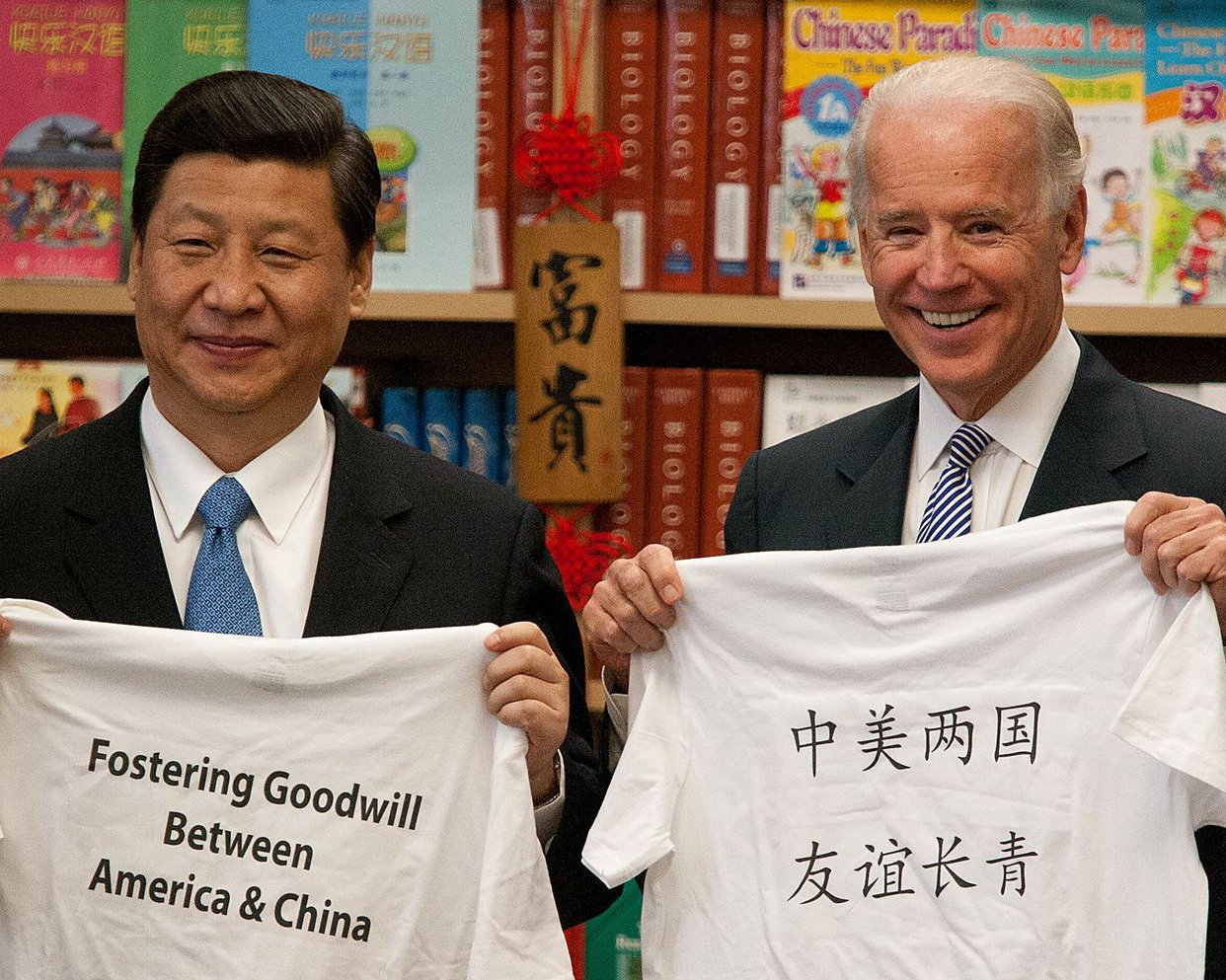
Dr. Sanjay Gupta: How to Safely Store Your Leftovers
We all have our cooking rituals, but are some of them unsafe? Dr. Sanjay Gupta gets to the bottom of handwashing hygiene, especially when handling…
Thought Leader: Sanjay Gupta

In a famous essay, the philosopher Isaiah Berlin borrowed a distinction from the ancient Greek poet Archilochus: “The fox knows many things, but the hedgehog knows one big thing.”
“There exists,” wrote Berlin, “a great chasm between those, on one side, who relate everything to … a single, universal, organizing principle in terms of which alone all that they are and say has significance” — the hedgehogs — “and, on the other side, those who pursue many ends, often unrelated and even contradictory” — the foxes.
Berlin was talking about writers. But the same distinction can be drawn in the realm of great-power politics. Today, there are two superpowers in the world, the U.S. and China. The former is a fox. American foreign policy is, to borrow Berlin’s terms, “scattered or diffused, moving on many levels.” China, by contrast, is a hedgehog: it relates everything to “one unchanging, all-embracing, sometimes self-contradictory and incomplete, at times fanatical, unitary inner vision.”
Fifty years ago this July, the arch-fox of American diplomacy, Henry Kissinger, flew to Beijing on a secret mission that would fundamentally alter the global balance of power. The strategic backdrop was the administration of Richard Nixon’s struggle to extricate the U.S. from the Vietnam War with its honor and credibility so far as possible intact.
The domestic context was dissension more profound and violent than anything we have seen in the past year. In March 1971, Lieutenant William Calley was found guilty of 22 murders in the My Lai massacre. In April, half a million people marched through Washington to protest against the war in Vietnam. In June, the New York Times began publishing the Pentagon Papers.
Kissinger’s meetings with Zhou Enlai, the Chinese premier, were perhaps the most momentous of his career. As a fox, the U.S. national security adviser had multiple objectives. The principal goal was to secure a public Chinese invitation for his boss, Nixon, to visit Beijing the following year.
But Kissinger was also seeking Chinese help in getting America out of Vietnam, as well as hoping to exploit the Sino-Soviet split in a way that would put pressure on the Soviet Union, America’s principal Cold War adversary, to slow down the nuclear arms race. In his opening remarks, Kissinger listed no fewer than six issues for discussion, including the raging conflict in South Asia that would culminate in the independence of Bangladesh.
Zhou’s response was that of a hedgehog. He had just one issue: Taiwan. “If this crucial question is not solved,” he told Kissinger at the outset, “then the whole question [of U.S.-China relations] will be difficult to resolve.”
To an extent that is striking to the modern-day reader of the transcripts of this and the subsequent meetings, Zhou’s principal goal was to persuade Kissinger to agree to “recognize the PRC as the sole legitimate government in China” and “Taiwan Province” as “an inalienable part of Chinese territory which must be restored to the motherland,” from which the U.S. must “withdraw all its armed forces and dismantle all its military installations.” (Since the Communists’ triumph in the Chinese civil war in 1949, the island of Taiwan had been the last outpost of the nationalist Kuomintang. And since the Korean War, the U.S. had defended its autonomy.)
With his eyes on so many prizes, Kissinger was prepared to make the key concessions the Chinese sought. “We are not advocating a ‘two China’ solution or a ‘one China, one Taiwan’ solution,” he told Zhou. “As a student of history,” he went on, “one’s prediction would have to be that the political evolution is likely to be in the direction which [the] Prime Minister … indicated to me.” Moreover, “We can settle the major part of the military question within this term of the president if the war in Southeast Asia [i.e. Vietnam] is ended.”
Asked by Zhou for his view of the Taiwanese independence movement, Kissinger dismissed it out of hand. No matter what other issues Kissinger raised — Vietnam, Korea, the Soviets — Zhou steered the conversation back to Taiwan, “the only question between us two.” Would the U.S. recognize the People’s Republic as the sole government of China and normalize diplomatic relations? Yes, after the 1972 election. Would Taiwan be expelled from the United Nations and its seat on the Security Council given to Beijing? Again, yes.
Fast forward half a century, and the same issue — Taiwan — remains Beijing’s No. 1 priority. History did not evolve in quite the way Kissinger had foreseen. True, Nixon went to China as planned, Taiwan was booted out of the U.N. and, under President Jimmy Carter, the U.S. abrogated its 1954 mutual defense treaty with Taiwan. But the pro-Taiwan lobby in Congress was able to throw Taipei a lifeline in 1979, the Taiwan Relations Act.
The act states that the U.S. will consider “any effort to determine the future of Taiwan by other than peaceful means, including by boycotts or embargoes, a threat to the peace and security of the Western Pacific area and of grave concern to the United States.” It also commits the U.S. government to “make available to Taiwan such defense articles and … services in such quantity as may be necessary to enable Taiwan to maintain a sufficient self-defense capacity,” as well as to “maintain the capacity of the United States to resist any resort to force or other forms of coercion that would jeopardize the security, or the social or economic system, of the people on Taiwan.”
For the Chinese hedgehog, this ambiguity — whereby the U.S. does not recognize Taiwan as an independent state but at the same time underwrites its security and de facto autonomy — remains an intolerable state of affairs.
Yet the balance of power has been transformed since 1971 — and much more profoundly than Kissinger could have foreseen. China 50 years ago was dirt poor: despite its huge population, its economy was a tiny fraction of U.S. gross domestic product. This year, the International Monetary Fund projects that, in current dollar terms, Chinese GDP will be three quarters of U.S. GDP. On a purchasing power parity basis, China overtook the U.S. in 2017.
Read More…
Dr. Sanjay Gupta: How to Safely Store Your Leftovers
We all have our cooking rituals, but are some of them unsafe? Dr. Sanjay Gupta gets to the bottom of handwashing hygiene, especially when handling…
Thought Leader: Sanjay Gupta
Neal Katyal on Challenging Trump’s Global Tariffs
On this special edition of the show, Barry sits down with Neal Katyal, Milbank LLP partner and former acting Solicitor General of the US. Barry…
Thought Leader: Neal Katyal
Erika Ayers Badan: Working For What You Want
Jennifer Fisher came by this week. She has a lot of energy and a spicy, strong, fuck-it-let’s-do-it vibe. Her baubles are also next level. We…
Thought Leader: Erika Ayers Badan

